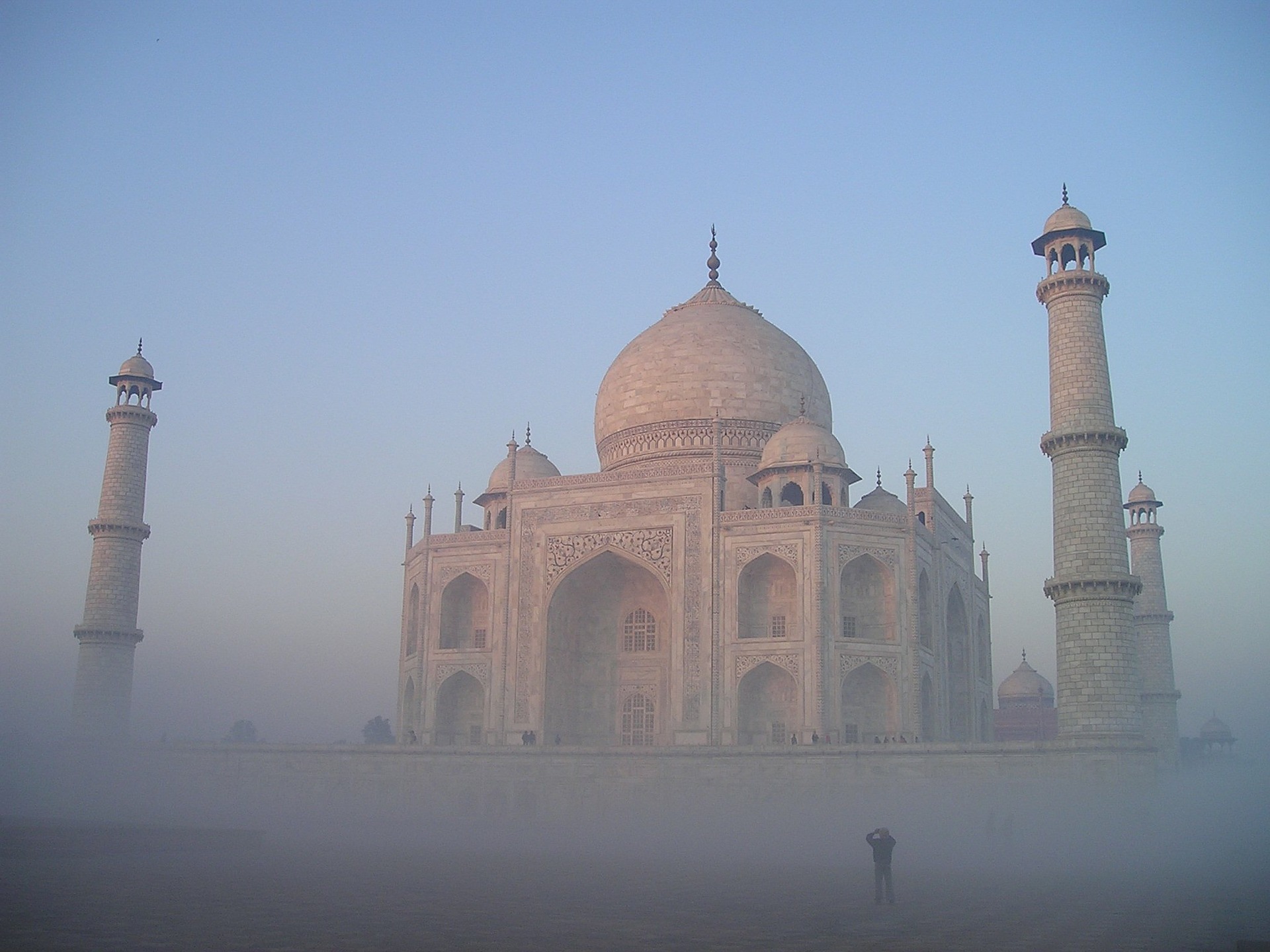
PM2.5 in India | Big Problem that everyone should matter
- November 26, 2019
- , 2:43 am
- , Technical
- admin
“Let’s come to know what PM2.5 is. Where does PM2.5 come from? and how do we prevent or handle PM2.5? from this article.”
Nowadays, Pollution is everywhere if you look around, your health will be affected by all pollution both in the short term and in the long term, especially the air pollution which we have to breathe unavoidably or which we can avoid with some difficulties. The major problem of the big cities is PM2.5 which is also the problem that India is right now facing. This problem, PM2.5 in India, occurred early this year and right now PM2.5 has come back in large quantity. This PM2.5 harms us equally.
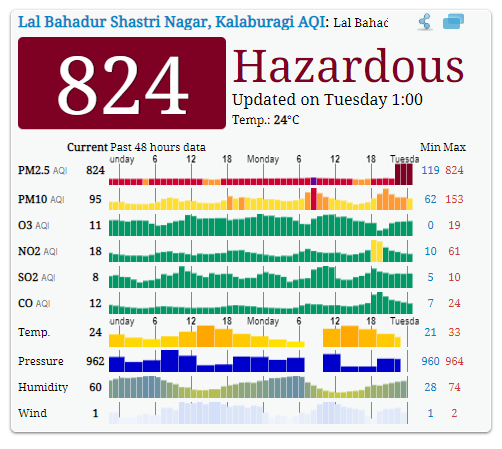
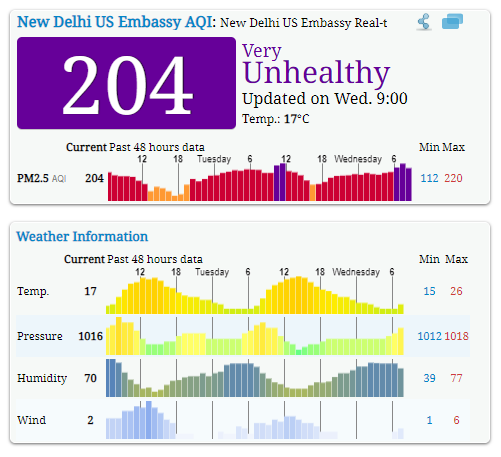
What is PM 2.5?
PM2.5 refers to atmospheric particulate matter (PM) that have a diameter of less than 2.5 micrometers, which is about 3% the diameter of a human hair.
Commonly written as PM2.5, particles in this category are so small that they can only be detected with an electron microscope. They are even smaller than their counterparts PM10, which are particles that are 10 micrometres or less, and are also called fine particles. These fine particles can spread and travel to the respiratory system, blood current and absorbed in the system of the body function which can increase the possibility to have the chronic diseases.
Air Quality Index (AQI) Values in India
AQI updated the current situation of PM2.5 in India on November 20, 2019 as below detail
New Delhi US Embassy to read 270 AQI which is considered to be Very Unhealthy. Health warnings of emergency conditions. The entire population is more likely to be affected. Active children and adults, and people with respiratory disease, such as asthma, should avoid all outdoor exertion; everyone else, especially children, should limit outdoor exertion.
Lal Bahadur Shastri Nagar, Kalaburagi is the highest risk area by reach 824 AQI which is considered Hazardous. Everyone may experience more serious health effects at this 824 AQI. Everyone should avoid all outdoor exertion
Where does PM2.5 come from?
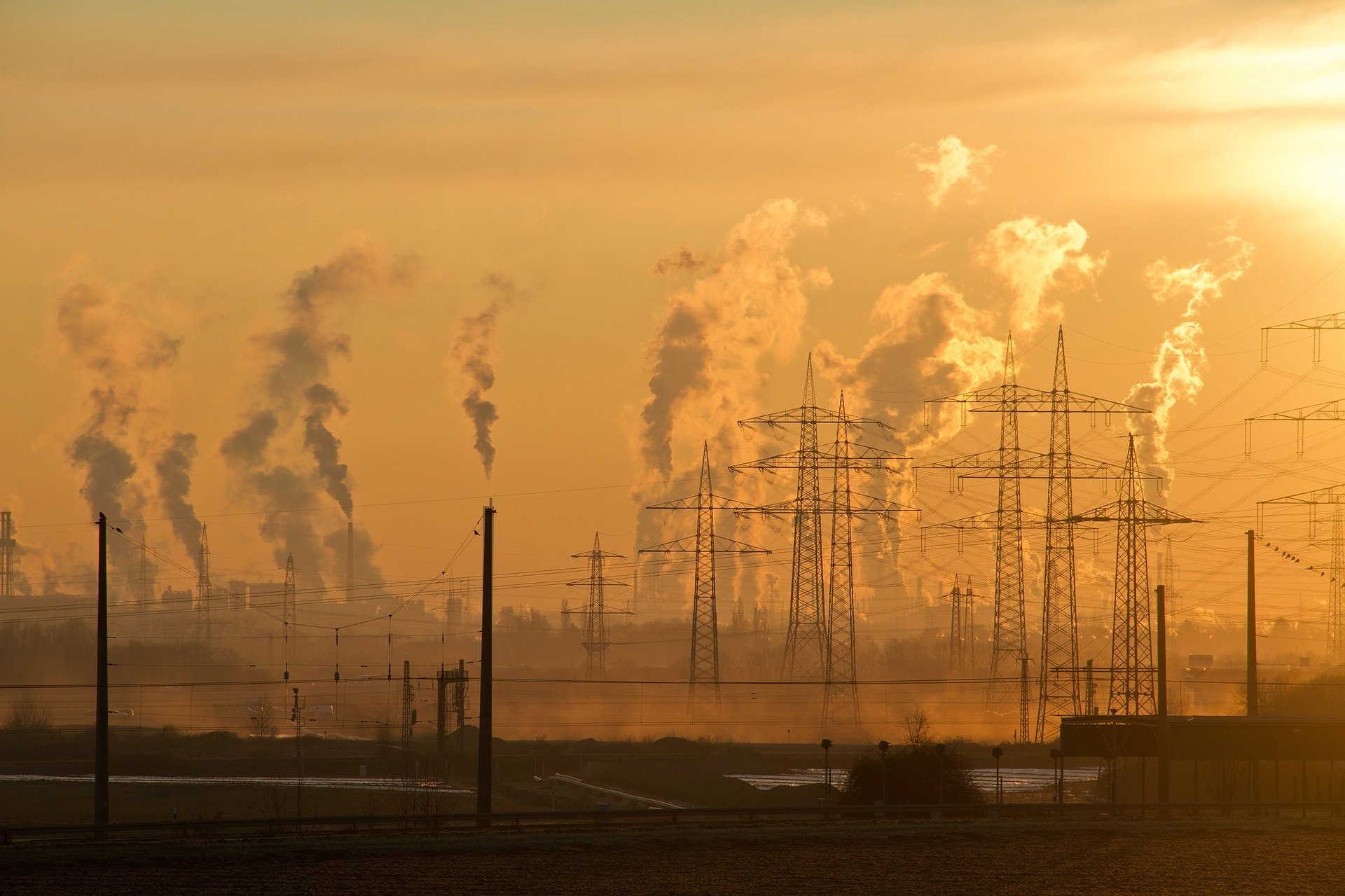
Fine particles can come from various sources. They include power plants, motor vehicles, airplanes, residential wood burning, forest fires, agricultural burning, volcanic eruptions and dust storms. Some are emitted directly into the air, while others are formed when gases and particles interact with one another in the atmosphere. For instance, gaseous sulfur dioxide emitted from power plants or factories reacts with oxygen and water droplets in the air to form sulfuric acid as a secondary particle.
How can PM2.5 affect your health?
With the toxic elements that cause PM2.5, Fine particles, WHO has determined PM2.5 to be listed in the first group of element that causes Cancer. Ambient (outdoor) air pollution in both cities and rural areas was estimated to cause 4.2 million premature deaths worldwide per year in 2016; this mortality is due to exposure to small particulate matter of 2.5 microns or less in diameter (PM2.5), which cause cardiovascular and respiratory disease, and cancers.
Harm from PM2.5
1) Harmful to the lungs: it can lead to Pneumoconiosis
2) Affect the health: difficult to breathe, eyes irritation, headache, dizzy, feel queasy, easily tired, asthma
3) Affect the respiratory system: coughing, sneezing, running nose, irritated nose, sore throat, coughing with phlegm or it can affect the lower respiratory system: – chest pain, congested chest, cannot breathe properly.
4) Harmful to the eyes: infectious eyes, irritated eyes, eyes allergy, and cataract
5) Bronchitis, Acute and Chronic
6) Harmful to the heart: heart diseases, cardiovascular disease
7) Respiratory cancers
8) Harmful to skin
9) Harmful to some certain risky group of people who get asthma, allergy and lung cancer.
10) Harmful to pregnant women
Are there ways to reduce your exposure to PM2.5? How to reduce PM2.5?
There are many ways to reduce your exposure to PM2.5 and it is very easy to do like these below methods
1.Close all the windows and always clean the house3.Avoid Outdoor activities like exercises
However, air pollution from PM2.5 in India will come back again and again every year if we have been still doing every activity as same as nowadays. To solve this problem sustainably, you can be the one who reduce PM2.5 in India to atmosphere by doing like these.
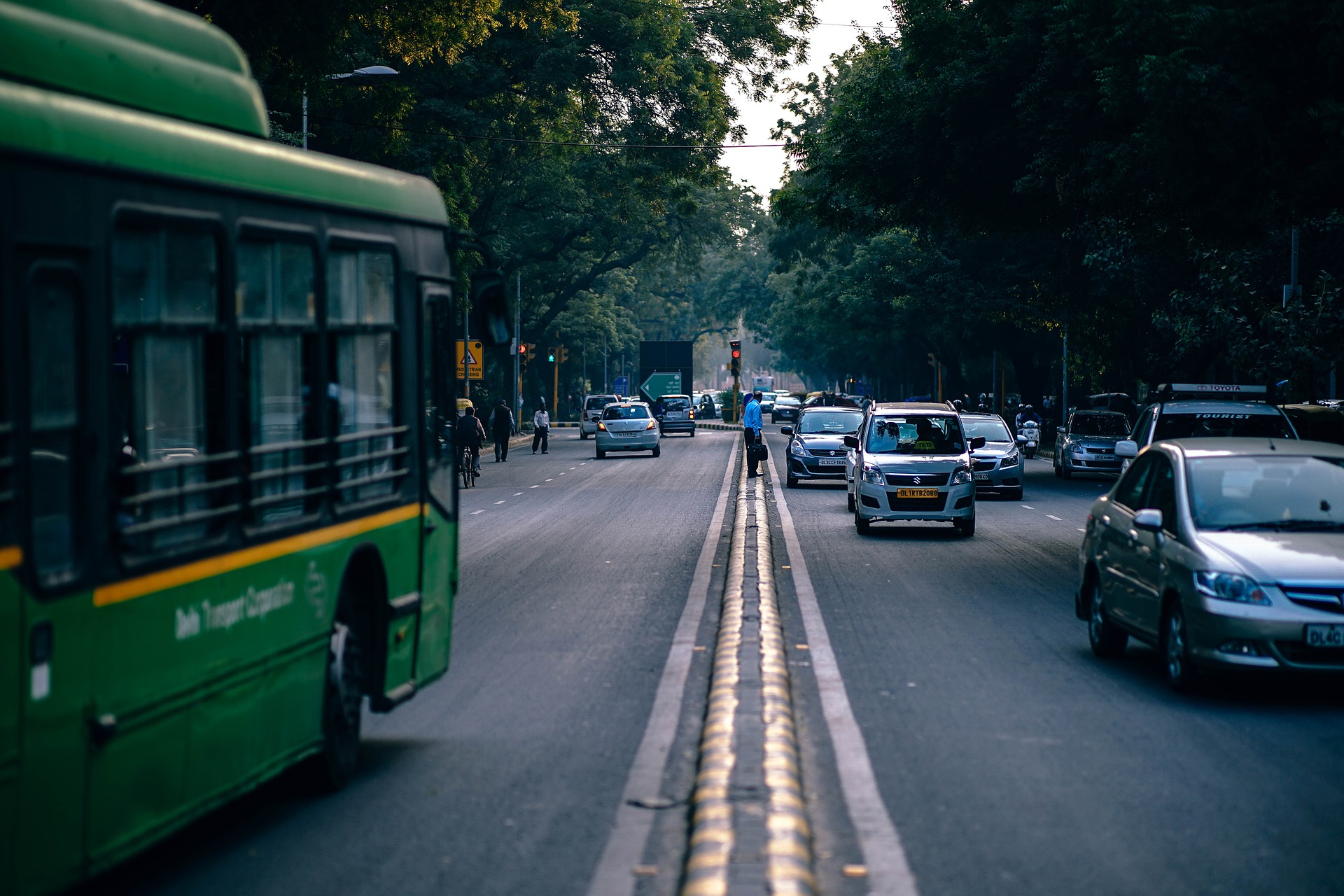
1. Avoid using private cars, no garbage burning and no cigarette smoking
2. Turn off the idling engines
3. Checkup of the car conditions
4. Stop outdoor burning
5. Avoid burning of incenses
6. Avoid cooking that uses charcoal
7. Use the type of construction material which does not cause dust in the construction industry.
Construction industry always causes PM2.5 Fine particles therefore when selecting the construction material, you have to select the material which does not cause a large amount of dust. E.g. when you use bricks in the construction, you must use mortar for plastering.
When mixing the cement with water, sand and aggregates, it is likely that this process will cause dust in the air and atmosphere. But if you use the other materials like Fiber Cement Board or Gypsum Board to substitute the bricks, it will help reduce the dust or Fine Particles at a certain level. Because Fiber cement board and Gypsum Board do not need to be plastered after installation. Painting is needed only. The installation of fiber cement board or gypsum board requires only the screw to fix the board with the steel structure which almost causes no dust.
Interested in our Fiber cement board … please click here >> https://www.zmartbuild.com/smart-drywall-system-mainpage/
Interested in our Gypsum board … please click here >> https://www.zmartbuild.com/gypsum-board-wall-gypsum-board-ceiling-drywall/
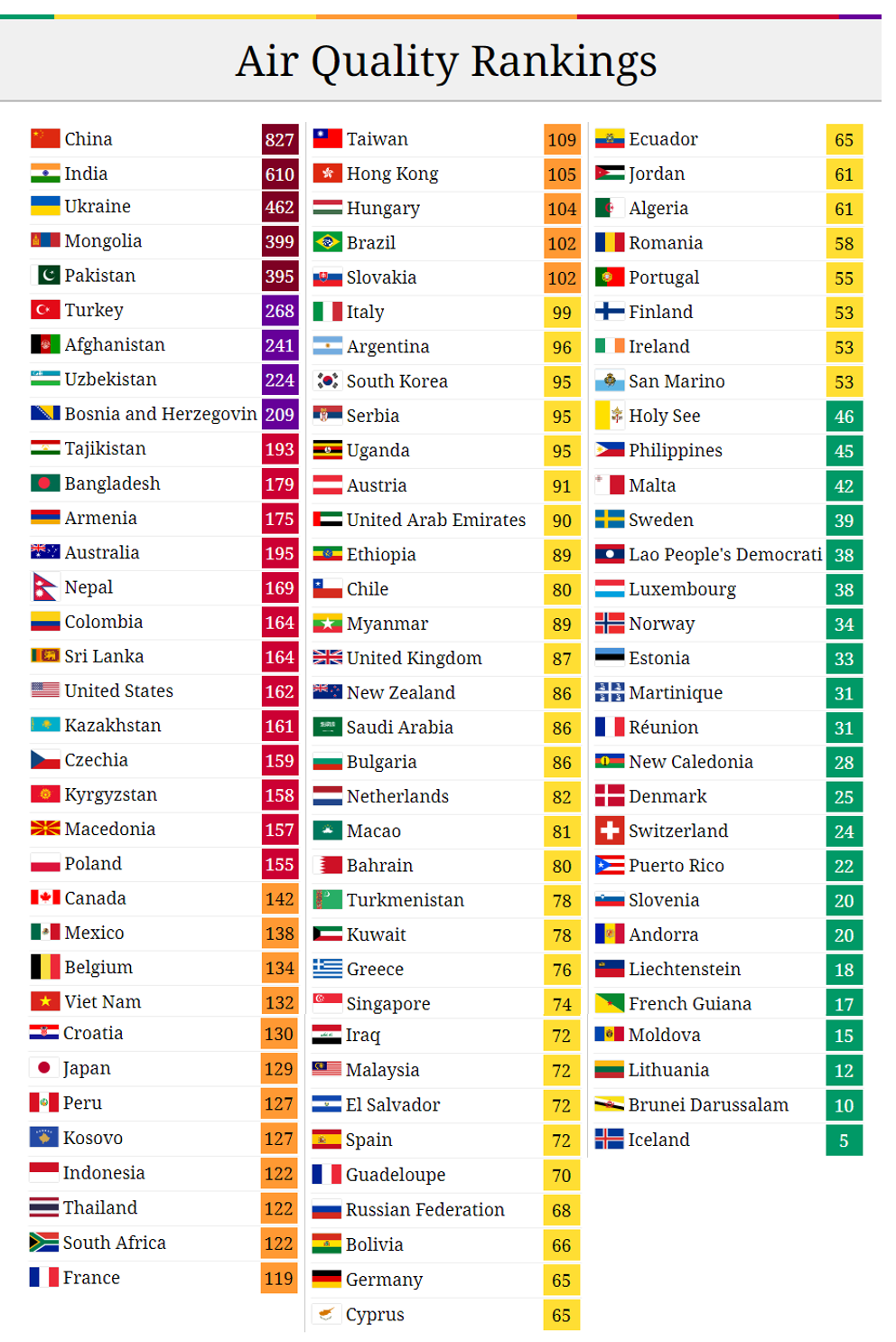
For more information, please check aqicn.org/ranking
Share this post
Customer Service
Contact Us
Tel./Whatsapp +6681-848-0870
Email: info@zmartbuild.com

One Comment
Peculiar article, totally what I was looking for.
Every day my wife and kids shorten our lives due to poor air quality.
This article as always is helpful!